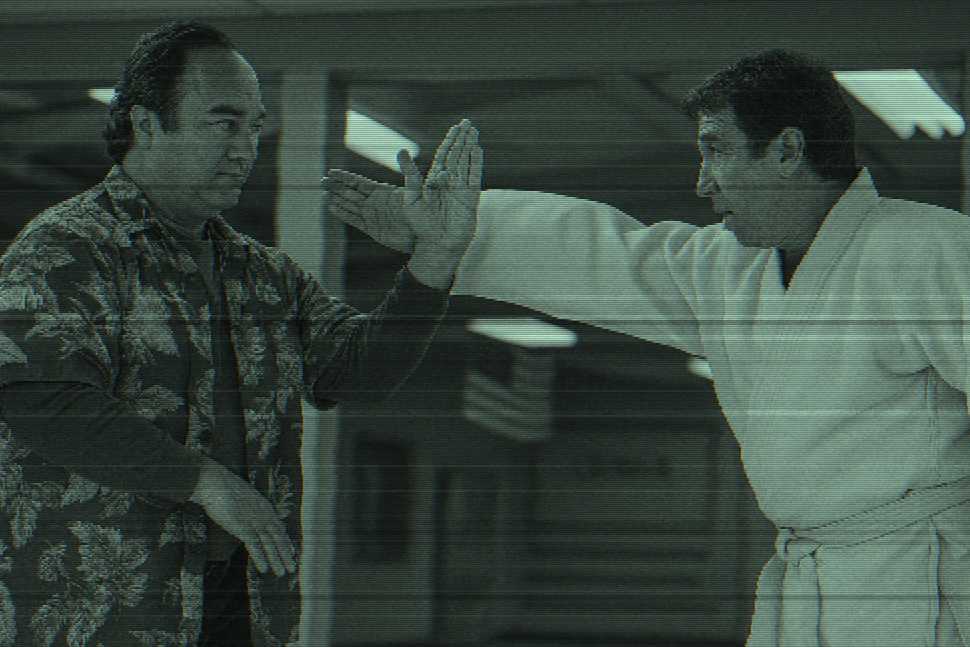
Joe Somebody 2001
This transmission observes a human male working in a corporate environment. He is ignored, overlooked, and considered unremarkable. One day, another male physically strikes him in a parking structure. Witnesses are present. The incident becomes a local spectacle.
Rather than report the act or withdraw, the human announces he will retaliate in a second fight — delayed to allow for training and emotional preparation. This increases his social value immediately. Others begin acknowledging him. His employer offers incentives. Even his offspring expresses pride.
He begins martial arts lessons with a former instructor who left society under unclear circumstances. The human trains, improves, and considers facial hair modifications. He also begins attracting romantic attention from a previously uninterested coworker.
As the scheduled confrontation approaches, the human realizes he no longer wants to fight. He attempts to cancel the event. The crowd is disappointed. The other male arrives prepared to strike again. Instead of fighting, the human chooses nonviolence. He is struck anyway. He remains standing. This is treated as victory.
He returns to his earlier role, but now with increased self-respect. Others continue to recognize him. The shift appears permanent, despite no measurable change in skill or outcome.
Conclusion: Human status can be elevated not through achievement, but through the appearance of confrontation. The promise of violence has more social power than the act itself. Even a symbolic stand may generate long-term respect.
If Nebulon ever requires rapid ascension within Earth hierarchies, consider scheduling a conflict with a known aggressor — and then declining with dignity. Their species rewards refusal as long as it is announced publicly.
